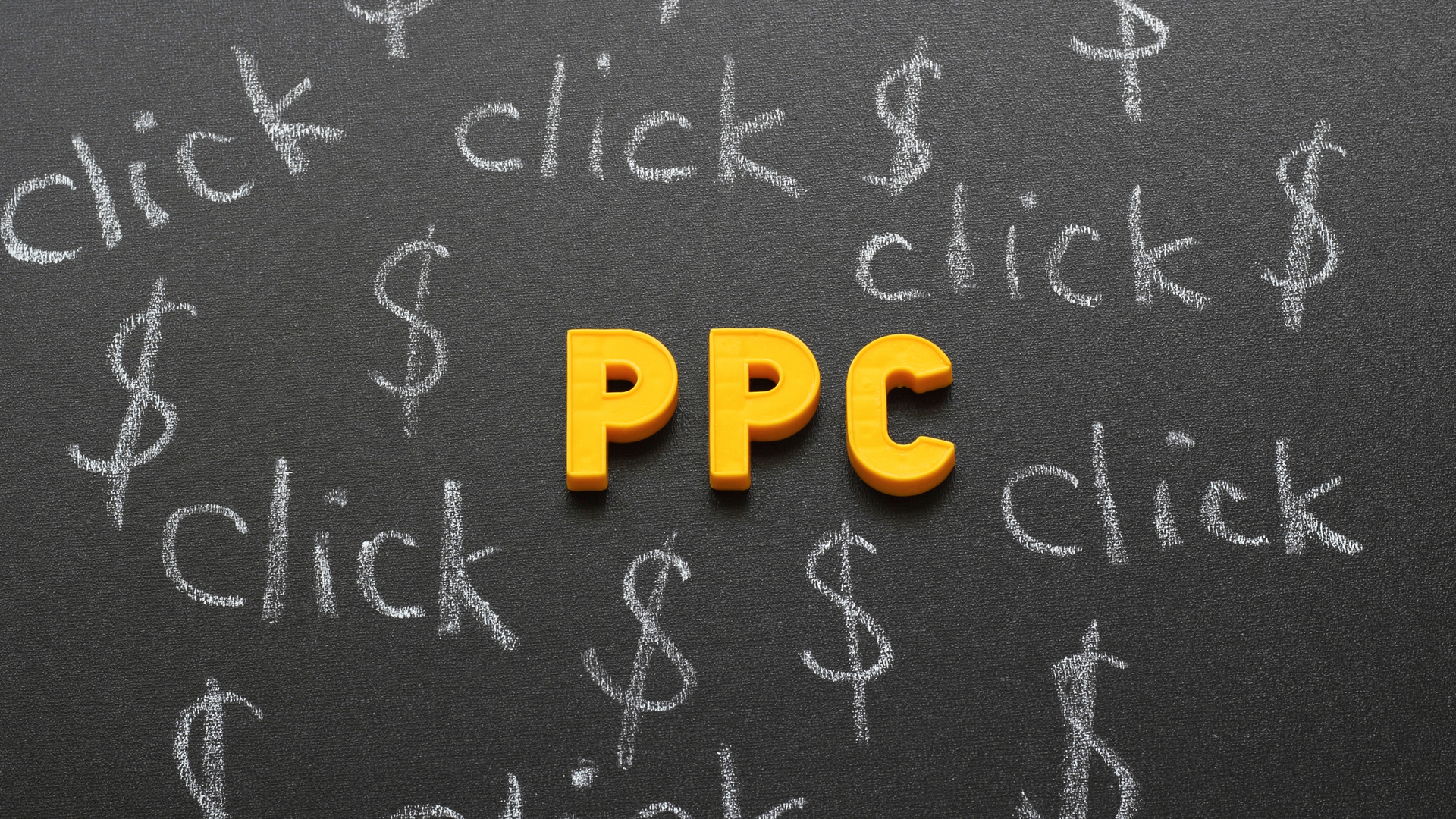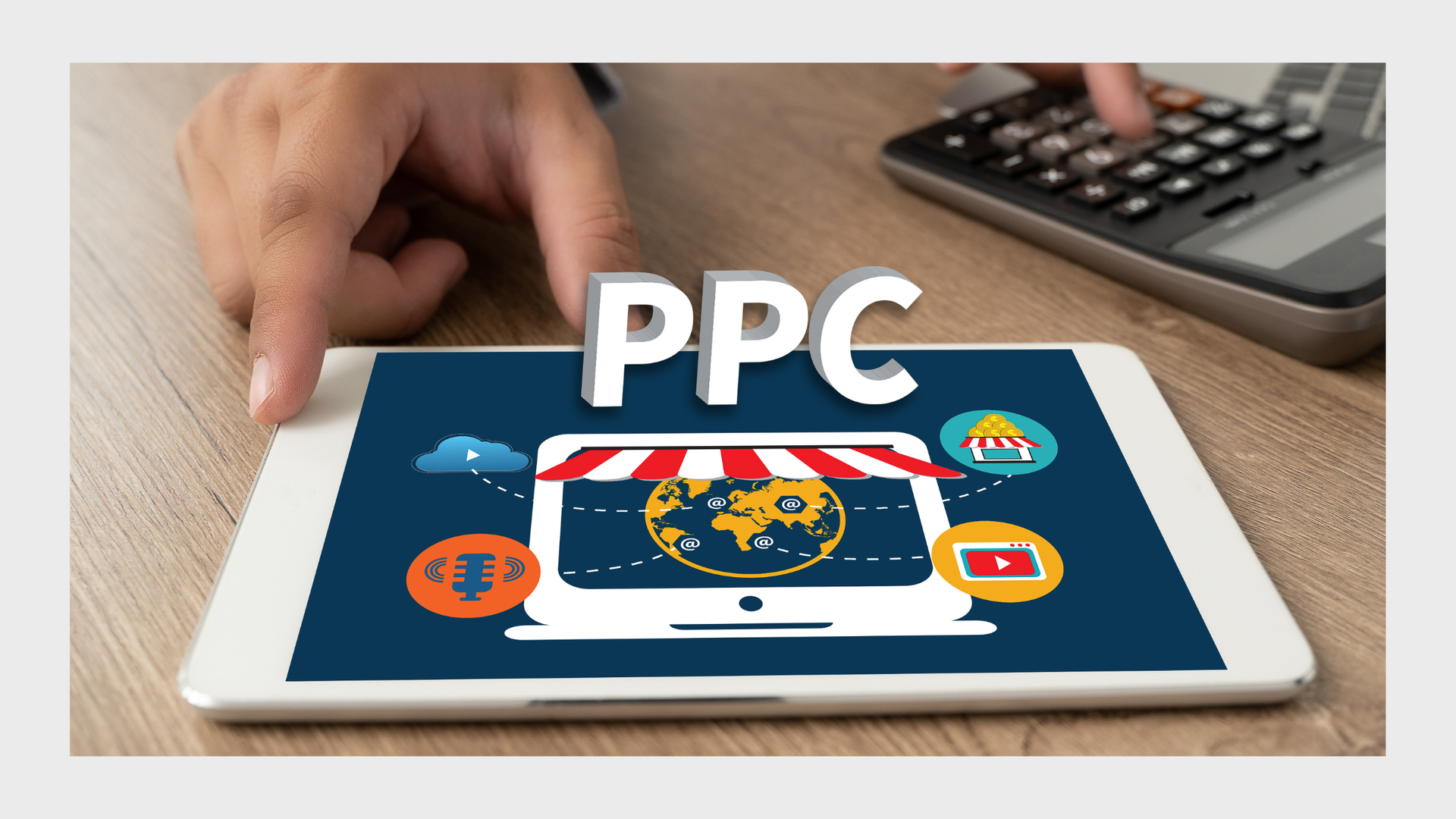How to Perform a Comprehensive Local SEO Audit for Your Business?
Local SEO audit - Discover how to perform a comprehensive local SEO audit for your business to boost visibility and outperform local competitors.

Introduction to Local SEO Audits
Local SEO is vital for businesses that rely on nearby customers. A local SEO audit evaluates how well your business appears in local search results, identifying areas for improvement across your local SEO strategy. Whether you’re a café in Manchester or a plumber in Birmingham, your local search presence determines your visibility to potential customers.
This guide from Social Media Time offers a step-by-step walkthrough on how to perform a comprehensive local SEO audit for your business, ensuring your online presence is competitive, visible, and up to date.

Why a Thorough Local SEO Audit is Essential
Many local businesses struggle to appear on the first page of Google search. Without regular local SEO audits, they lose visibility and miss out on local customers. A comprehensive local SEO audit:
- Pinpoints weaknesses in your SEO efforts
- Improves your rankings in the local pack
- Optimises your Google Business Profile
- Ensures name, address, phone number (NAP) consistency
Boosts search visibility in your service area

Step 1: Analyse Your Google Business Profile
Your Google Business Profile (formerly Google My Business) is often the first point of contact for local customers.
Key Audit Actions:
- Ensure the business name, address, and phone number (NAP) are correct
- Select accurate business categories
- Add high-quality, geo-tagged images
- Include business hours, website link, and service areas
- Use relevant local keywords in your description
Regularly update your profile with posts, events, and Q&A responses. This builds trust and improves your local search rankings.
Step 2: Audit Your On-Page SEO Elements
Your website must be optimised for local search. Key on-page elements include:
Checklist:
- Use relevant local keywords in page titles and meta descriptions
- Include city or region names in H1S, URLS, and image alt texts
- Embed a Google Maps widget with your address
- Add structured data (Schema.org) for local businesses
- Make sure each location (if multiple locations) has a dedicated, optimised page
Step 3: Local Keyword Research & Target Keywords
Keyword research tools help identify local keyword opportunities with decent search volume.
What to Do:
- Use tools like Ubersuggest, Ahrefs, or Google Keyword Planner
- Focus on “service + location” keywords (e.g., “emergency electrician Leeds”)
- Look at search trends for seasonal or trending queries
- Use terms that reflect how real people search
Insert these keywords naturally in your copy to improve local SEO rankings.
Step 4: Evaluate Your Local Listings and Citations
Local citations are mentions of your business on directories and listings like Yelp, Yellow Pages, and Bing Places.
Audit Steps:
- Ensure consistent NAP data across all directories
- Check for duplicate listings and request removals
- Submit your business to high-quality, niche-relevant local directories
Tools like BrightLocal or Whitespark can help run local SEO audits across listing platforms.
Step 5: Review Local Backlinks and Authority
A strong backlink profile boosts your local SEO. Focus on local backlinks from trustworthy websites.
Key Tactics:
- Collaborate with local bloggers, newspapers, and associations
- Sponsor local events or charities (often leads to backlinks)
- Use SEO tools to check for spammy or broken backlinks
Google values quality over quantity—local backlinks from respected sources carry more weight.
Step 6: Track Local Rankings and Visibility
Tracking your local rankings helps measure the impact of your local SEO strategy.
Must-Have Tools:
- Local rank tracking software (e.g., Moz Local, SEMrush)
- Track keywords across various locations
- Monitor performance in the local pack and map results
Look for shifts in search visibility as you apply improvements from your audit.
Step 7: Competitor Analysis in Local Search
Know your local competitors to outperform them in search results.
What to Look For:
- Which keywords do they rank for
- Their backlink sources
- Their Google Business Profile setup
- Frequency and quality of reviews
Create better content, earn more links, and build a stronger local SEO presence to leap ahead.
Step 8: Audit Technical SEO for Local SEO Performance
Technical SEO influences how search engines crawl and index your site.
Audit Checklist:
- Ensure mobile responsiveness
- Fix crawl errors and broken pages
- Create and submit an updated sitemap
- Use HTTPS
- Optimise site speed using tools like Google PageSpeed Insights
A fast, secure site increases rankings and reduces bounce rate.
Step 9: Check Online Reviews and Reputation
Online reviews directly affect click-through rates and local search visibility.
Tips:
- Encourage satisfied customers to leave reviews on Google and Yelp
- Respond to reviews—both positive and negative
- Report fake or misleading reviews
A healthy review profile builds trust and helps attract more potential customers.
Step 10: Mobile Usability & Site Speed for Local Search
Most local searches happen on mobile. Your site must perform flawlessly on all devices.
To Audit:
- Use Google’s Mobile-Friendly Test
- Check the layout and buttons on small screens
- Compress images and minimise code to improve site speed
- Avoid intrusive pop-ups
Improved mobile UX translates to better placement of local search results.
Step 11: Internal Linking and Broken Link Audit
A good internal link structure helps both users and search engines navigate your site.
What to Check:
- Ensure each service page links to relevant blog posts and vice versa
- Use descriptive anchor text
- Fix broken links using Screaming Frog or Ahrefs
Clean, logical linking boosts SEO efforts and keeps visitors engaged longer.
Step 12: Google Search Console & Analytics Integration
Use Google Analytics and Google Search Console to monitor your site's health and performance.
What to Do:
- Set up goals and conversions in Google Analytics
- Monitor impressions, clicks, and CTR in Google Search Console
- Identify high-performing local keyword queries
- Check for errors or manual penalties
This data is essential for making informed decisions about your local SEO strategy.
Step 13: Track and Report SEO Efforts
Consistent monitoring ensures your local SEO remains effective.
Key Reporting Metrics:
- Keyword rankings
- Organic traffic by location
- Conversions (calls, forms, clicks to maps)
- Google Business Profile insights
Use dashboards or platforms like Data Studio for clear, actionable reporting. Conduct regular local SEO audits (quarterly is ideal).
Conclusion
Performing a comprehensive local SEO audit is crucial for improving your business’s visibility and attracting more local customers. By following this step-by-step guide from Social Media Time, you can optimise every element of your online presence—from your Google Business Profile to technical performance and backlink strategy.
Consistent auditing, optimisation, and monitoring will ensure your business stands out in local search, builds trust, and generates real-world results.
FAQs
What is a local SEO audit?
A local SEO audit is a detailed review of a business’s online presence to ensure it ranks well in local search results.
How often should I conduct a local SEO audit?
Ideally, perform a local SEO audit every 3-6 months, or after major website updates.
Do I need a local SEO audit if I have only one location?
Yes. Even single-location businesses need to optimise their local search strategy to remain competitive.
Can I do a local SEO audit myself?
Absolutely. With tools and this guide, any business owner can run local SEO audits themselves or hire an expert.
What tools are best for local SEO audits?
Great tools include BrightLocal, Moz, Ahrefs, Google Analytics, and Google Search Console.
How long does it take to see local SEO improvements?
Results vary, but expect noticeable changes within 2-3 months of consistent SEO efforts.










